
Michigan Department of Environment, Great Lakes and Energy Director Phil Roos. Aug. 8, 2025 | Photo by Kyle Davidson/Michigan Advance
Following years of legal back and forth, attorneys for the Department of Environment, Great Lakes and Energy, and a host of environmental groups and agricultural industry representatives, met on Friday to discuss whether to move forward with tighter restrictions on industrial livestock farming.
EGLE offered a new general permit for regulating concentrated animal feeding operations in 2020, updating provisions from its previous 2015 permit including regulations on how animal waste is applied as fertilizer.
While the department is required to issue new permits every five years, the 2020 permit never went into effect due to several challenges from agricultural industry groups.
The Michigan Supreme Court determined in 2024 that EGLE had not violated administrative rulemaking procedures when issuing new requirements on the amount of phosphorus that can be applied to land and revising setback requirements for where these feeding operations can apply livestock waste.
However, Administrative Law Judge Daniel Pulter stripped out several provisions earlier this year as part of the contested case hearing on the new permit.
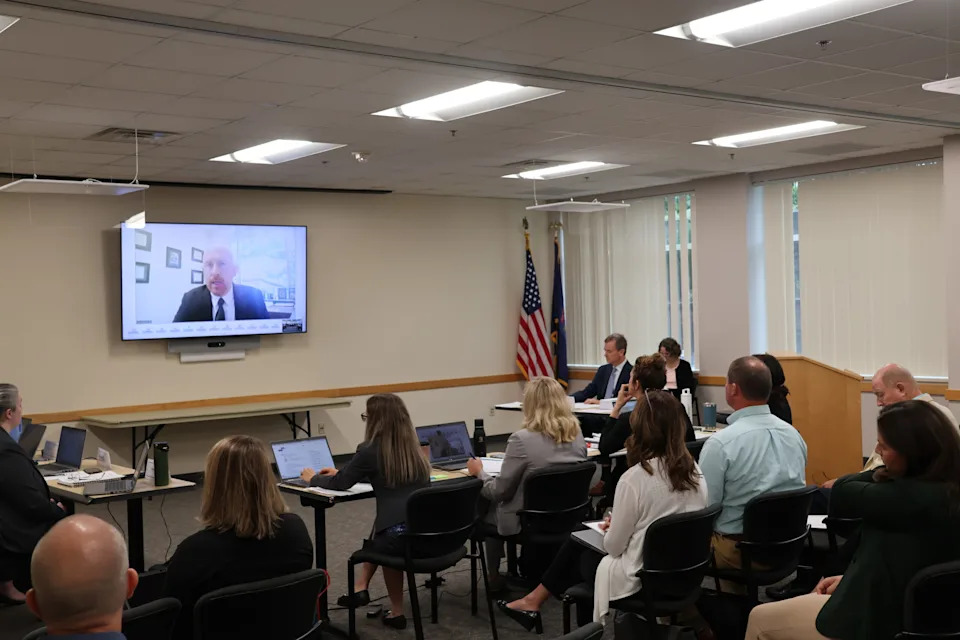
In a discussion with EGLE Director Phil Roos, attorneys representing the agency’s Water Resources Division and representatives from the Environmental Law and Policy Center offered several suggestions on how the permit could be strengthened, advising Roos to restore provisions Pulter removed.
“EGLE is ready to move forward under a new permit, instead of being stuck for more than a decade under the insufficiently protective 2015 general permit,” Assistant Attorney General Elizabeth Morrisseau, who represented the Water Resources Division, said, adding that she hoped the agricultural groups felt the same way.
A 2024 report from the Environmental Law and Policy Center notes waste from large scale animal feed operations often contain substances that can harm the environment, including detergents, antibiotics, PFAS and pathogens like E. coli.
When livestock waste is overapplied and misapplied, nutrients like phosphorus can runoff into water sources, leading to harmful algal blooms.
Nitrates, another nutrient found in feeding operation waste, also pose a risk to groundwater and have been linked to birth defects, miscarriage, blue baby syndrome and cancer.
“For the past five years because of these legal challenges, the untreated sewage generated by [concentrated animal feeding operations] has been subject to a failing 10 year old permit, and that delay has had consequences. In just the two years from 2022 to 2024, an additional 583 waters in Michigan have been deemed impaired due to E. coli, phosphorus or other nutrients.” Katie Garvey, senior attorney for the Environmental Law and Policy Center, said.
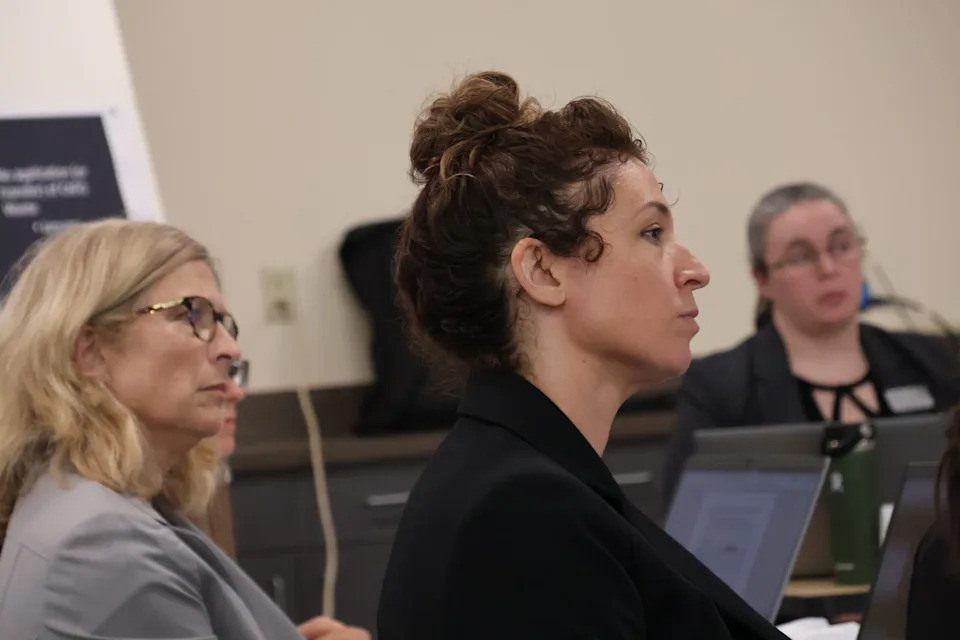
In order to avert these harms Morrisseau offered three recommendations:
Banning wintertime land application of animal waste, save for the last two weeks of March
Allow permit writers to craft additional conditions when issuing certificates of coverage to large scale animal farms operating and disposing waste in watersheds subject to total maximum daily load conditions, which determine how much pollution a lake or stream can absorb in order to comply with state water quality standards
Adding the following provisions stripped out by Pulter’s ruling.
A definition of the term “operational control” over manure
Individual groundwater monitoring requirements
Individual land application reporting requirements
While the Environmental Law and Policy Center agreed with EGLE’s recommendations, the organization offered recommendations of their own, including:
A full ban on winter application and the sale, gift or transfer of animal feeding operation waste through March 31 and on frozen or snow-covered ground at any other time
Additional requirements on the sale, gift or transfer of animal feeding operation waste, to help EGLE can track where this waste is being applied
Requiring the use of the Michigan Phosphorus Risk Assessment when applying manure
Banning the application of waste from animal feeding operations on tile-drained fields, which drain into nearby surface waters
Requiring additional testing of discharge from tile drains
Revising waste storage capacity calculation guidelines
SUBSCRIBE: GET THE MORNING HEADLINES DELIVERED TO YOUR INBOX
Zachary Larsen, representing the Michigan Farm Bureau and several other agricultural industry groups, argued many of the requests from EGLE and the Environmental Law and Policy Center fell outside of the department’s legal authority, and that the Roos should avoid modifying Pulter’s decision.
He also raised due process concerns, pointing to a 2024 executive order from Gov. Gretchen Whitmer which eliminated the Environmental Permitting Review Committee giving EGLE’s director or their designee the authority to hear permit review appeals and make decisions on permit application review petitions.
“For those five years, EGLE pursued this litigation both in court and in front of the administrative body, and doubtlessly did so with the knowledge and approval of the agency’s leadership. Now EGLE staff is asking the same leadership to overturn much of the independent [administrative law judge’s] decision,” Larsen said.
During the public comment period several Michigan residents discussed their experiences living near concentrated animal feeding operations, sharing grievances ranging from foul smells in the area to the contamination of their well water.
Sydney Howard, speaking on behalf of FLOW Water advocates, said communities with higher poverty rates were correlated with areas where confined animal feeding operations were more likely to spread their manure, particularly in central Michigan, calling it a case of “textbook environmental justice.”
At the conclusion of the more than four-hour long hearing, Roos moved the meeting into closed session to consult with his attorney. Upon resuming, he declined to make a final determination on the permit, promising to schedule another meeting date.
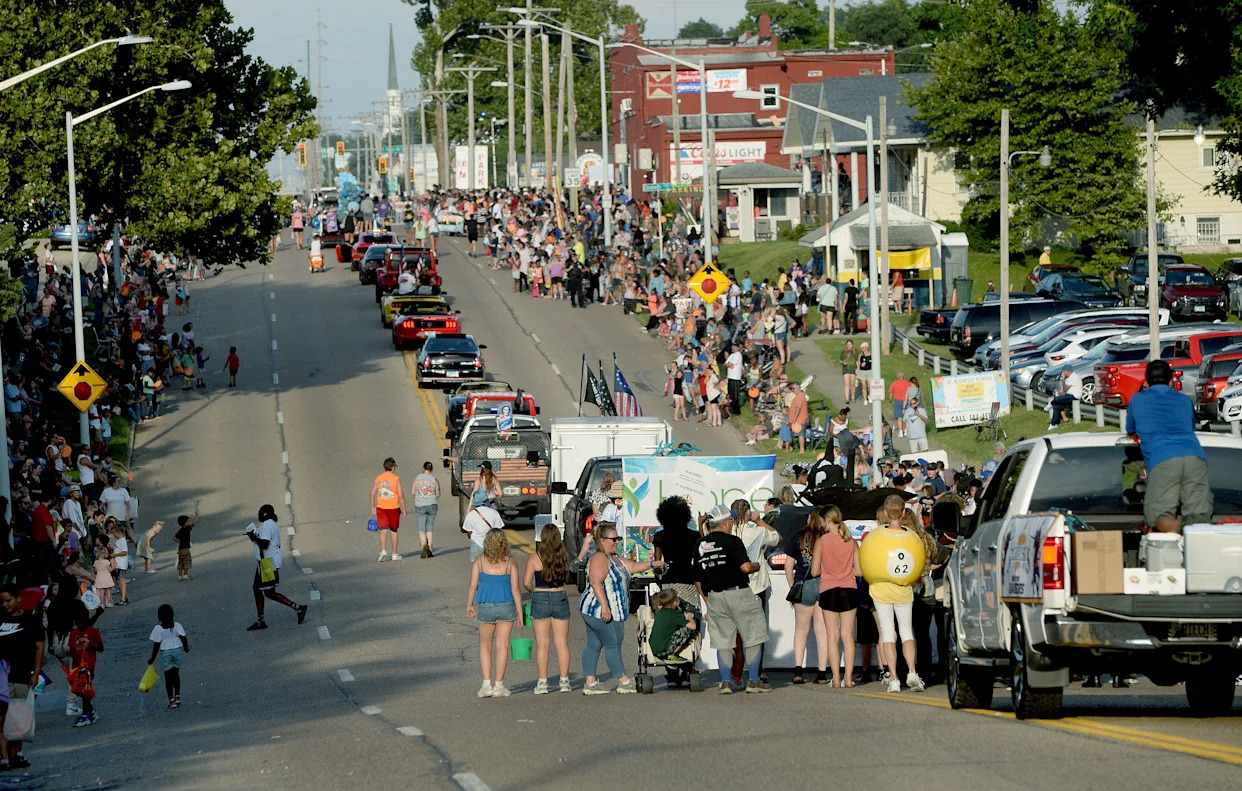
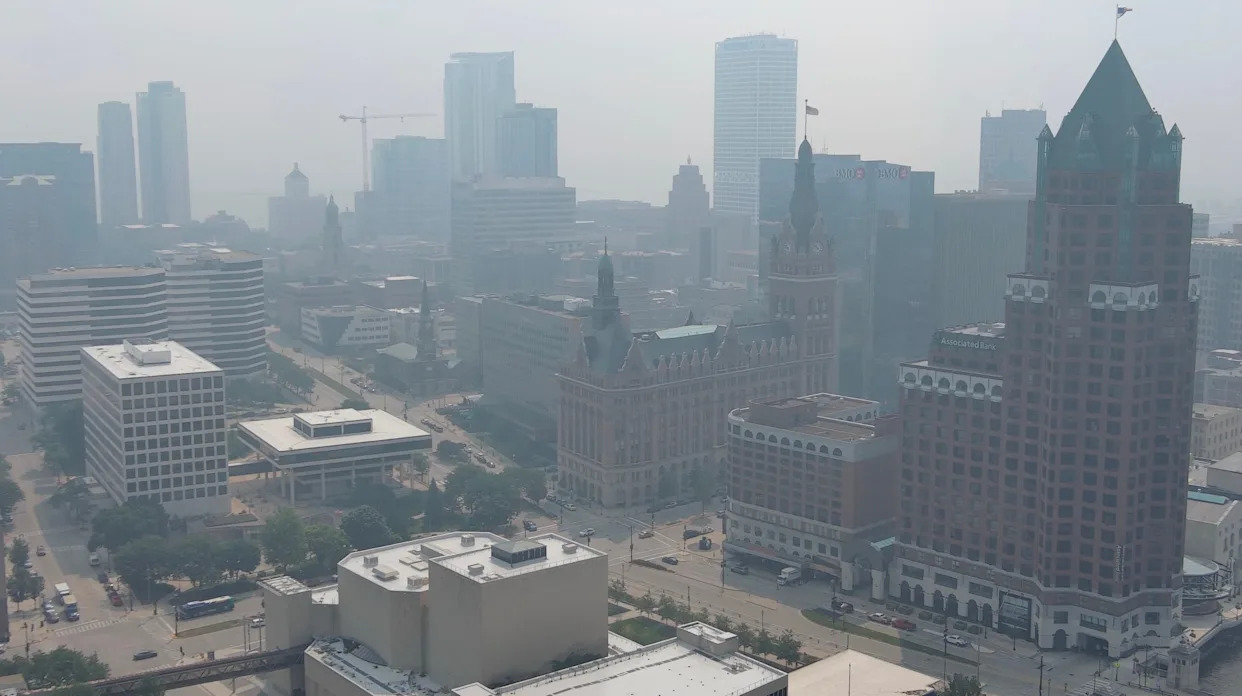
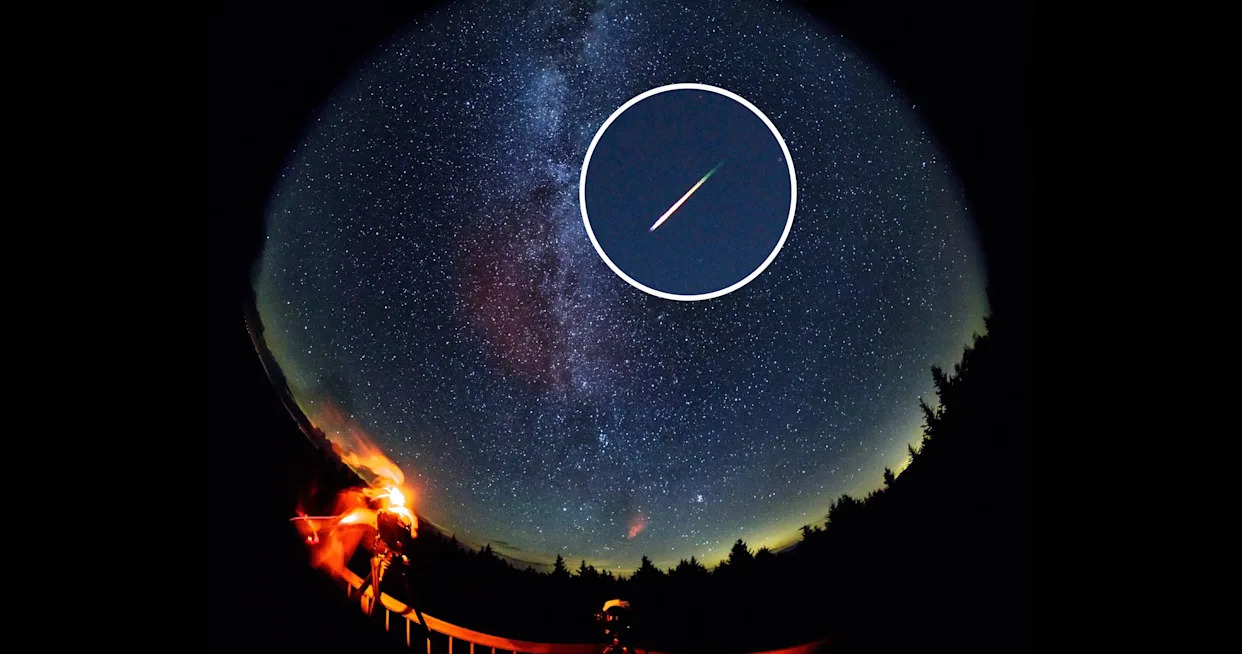
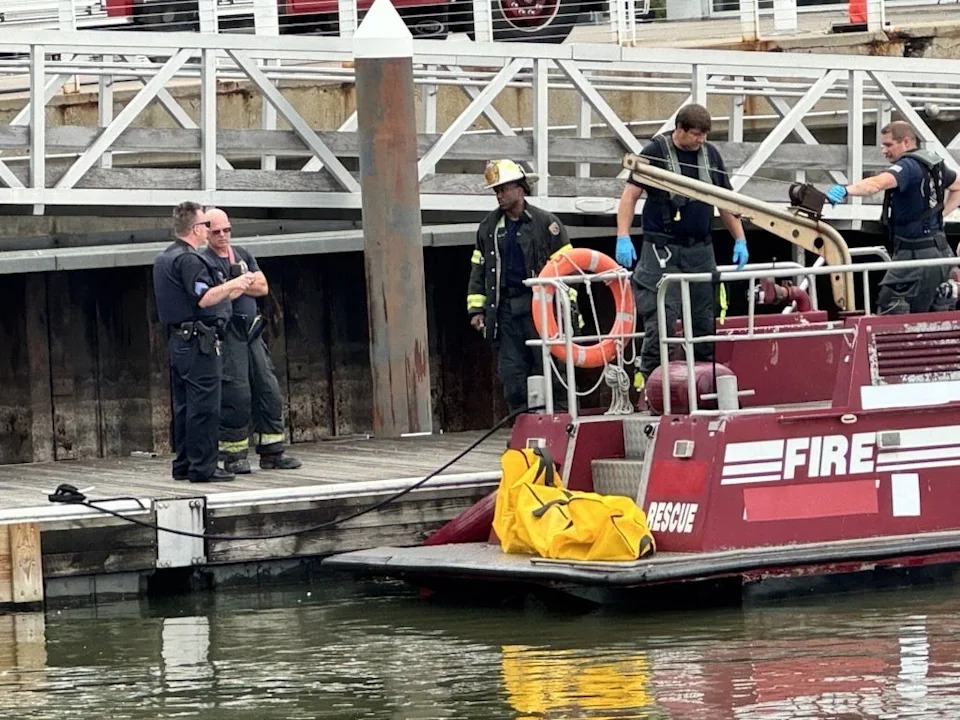
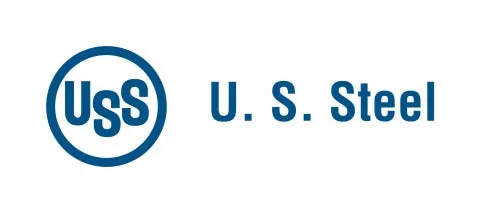

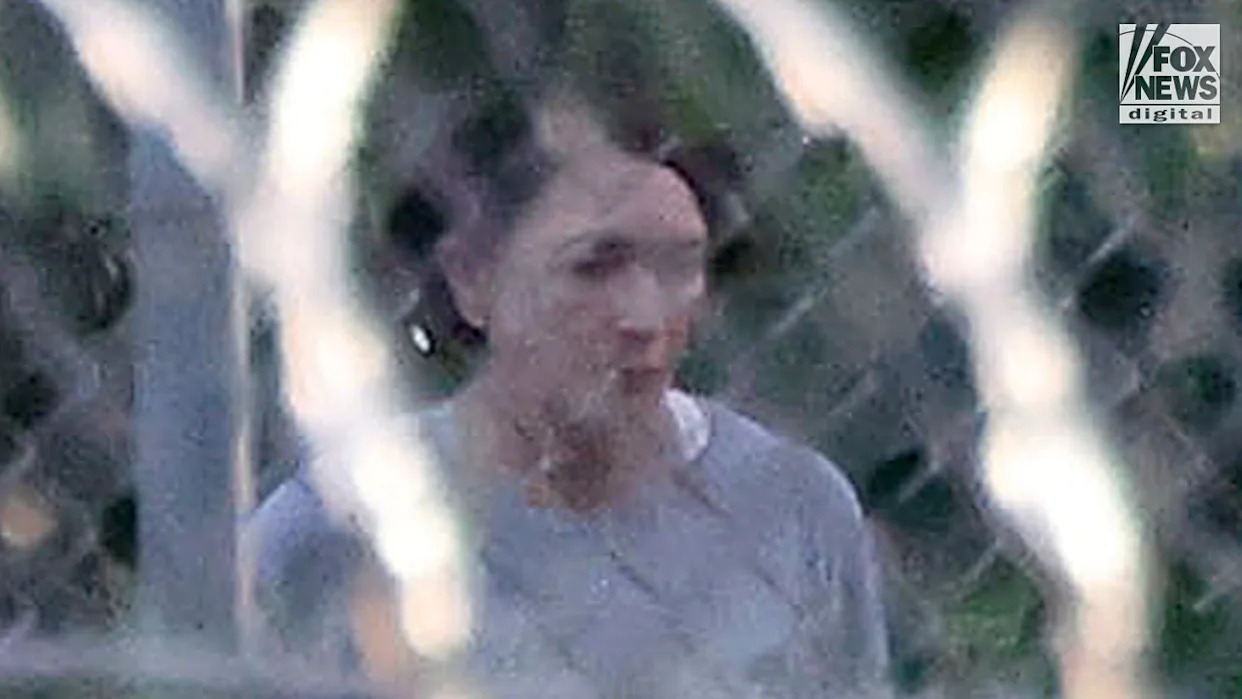
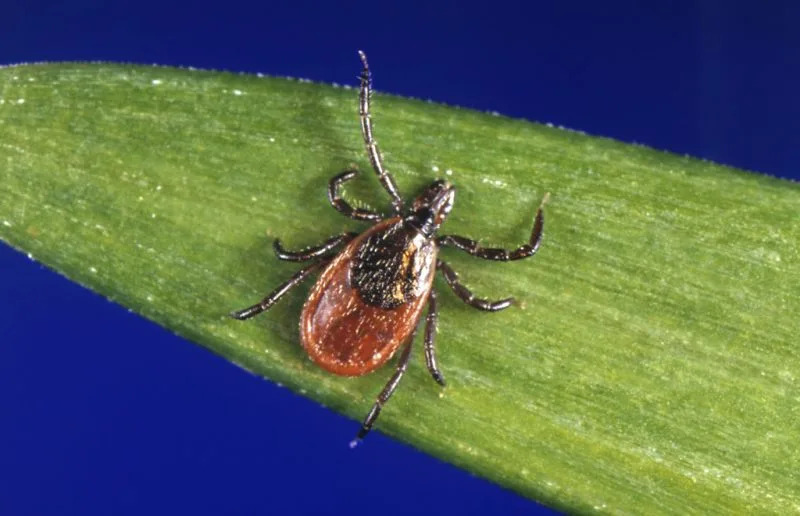
Comments